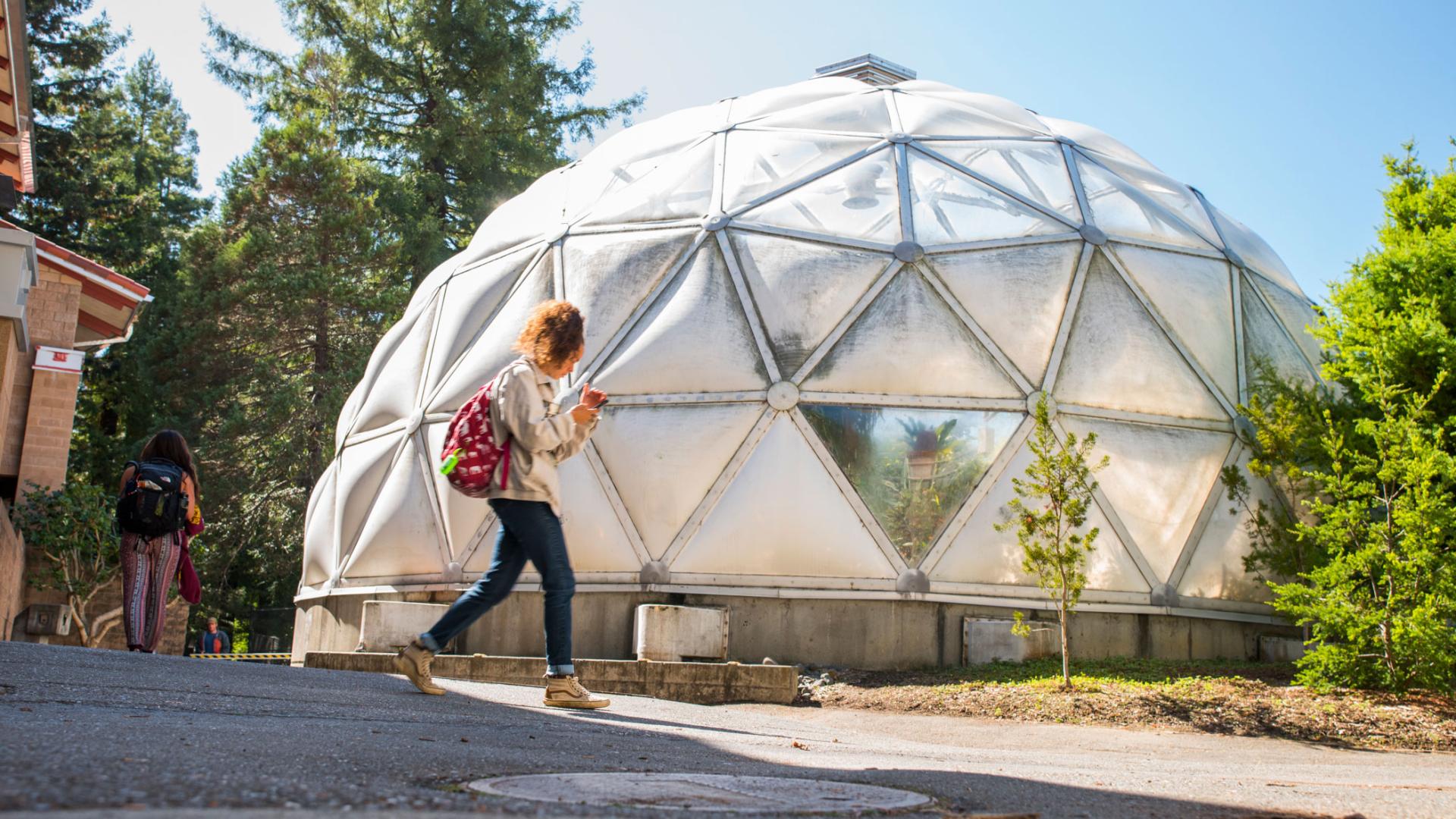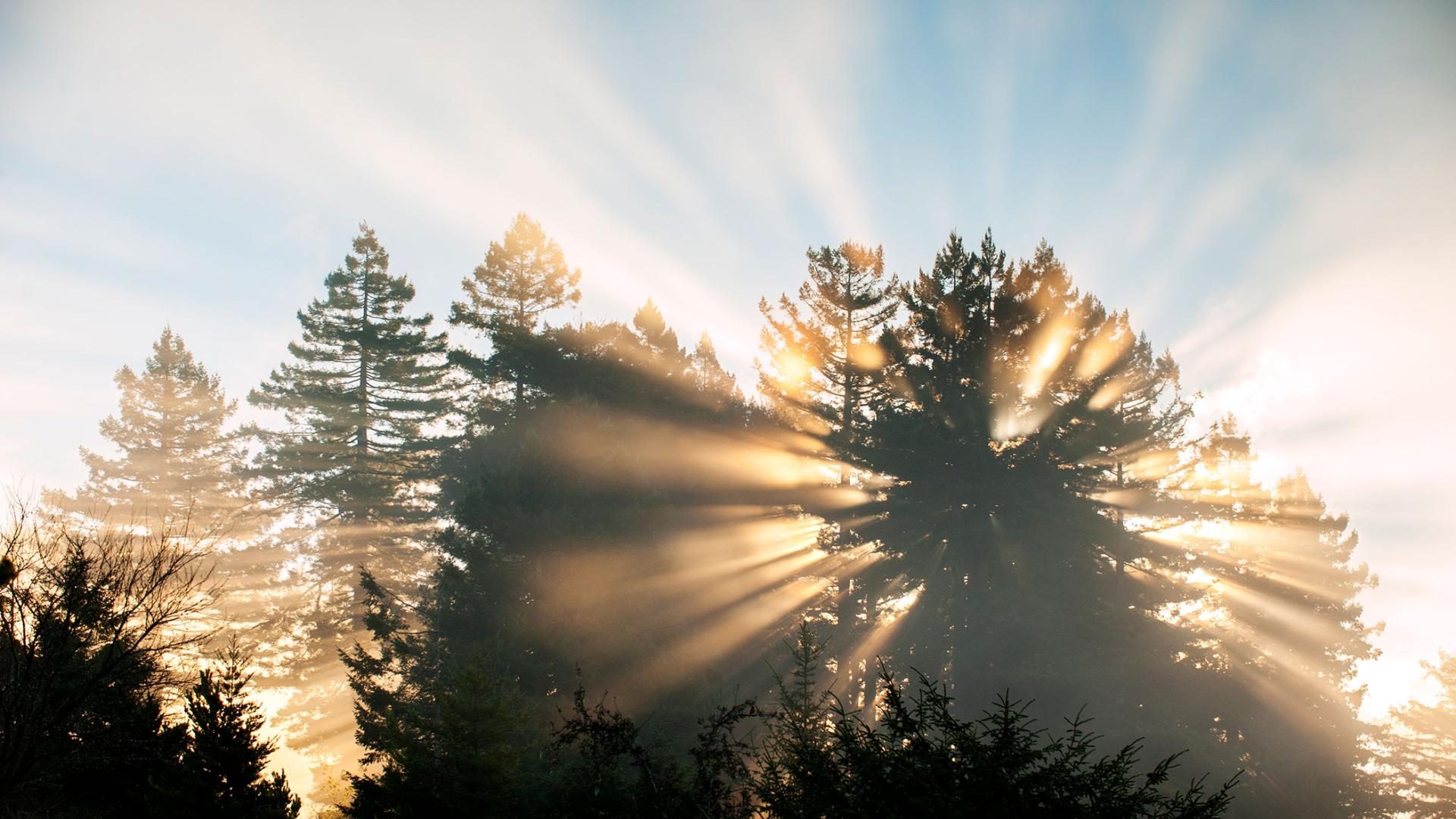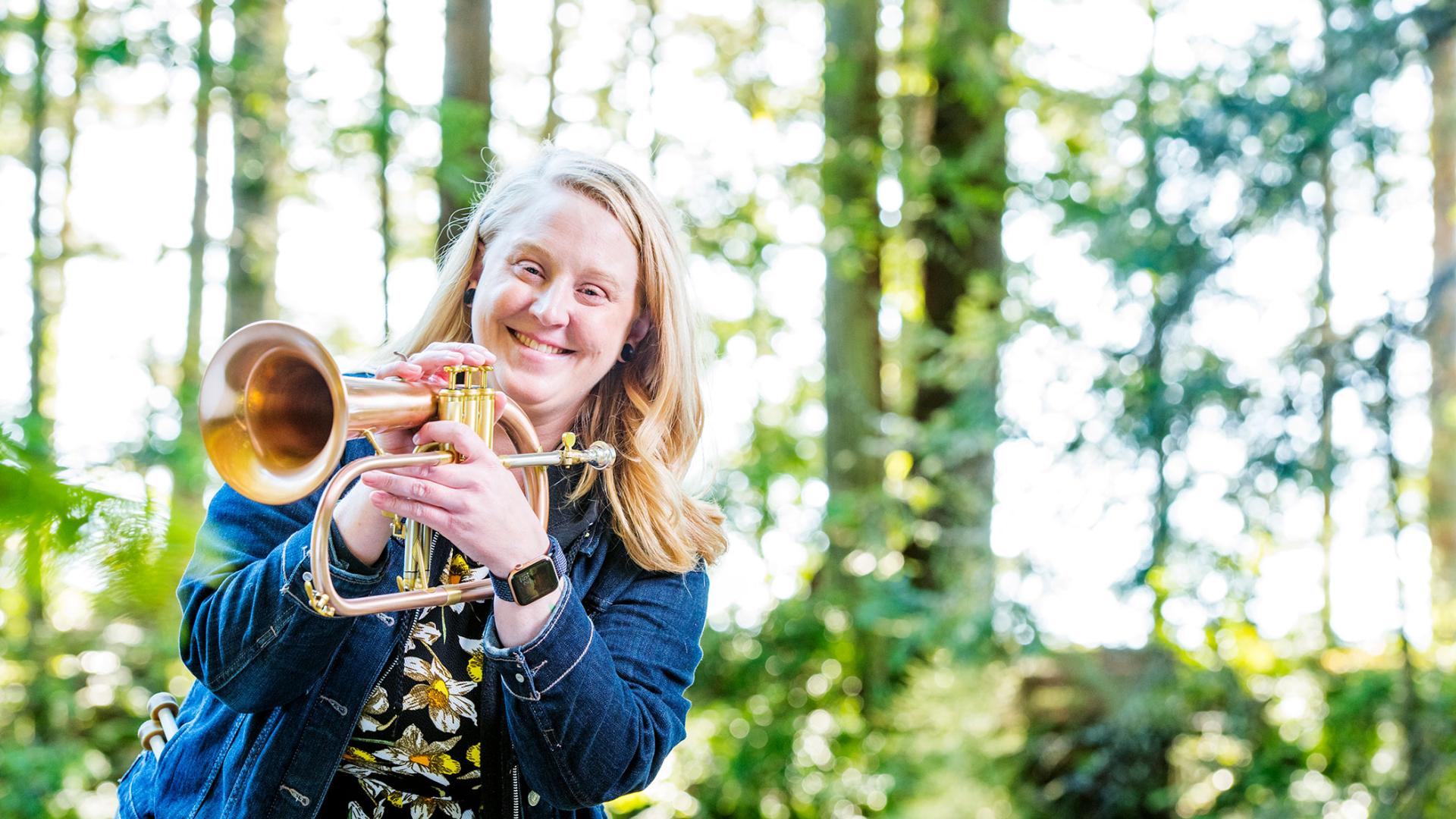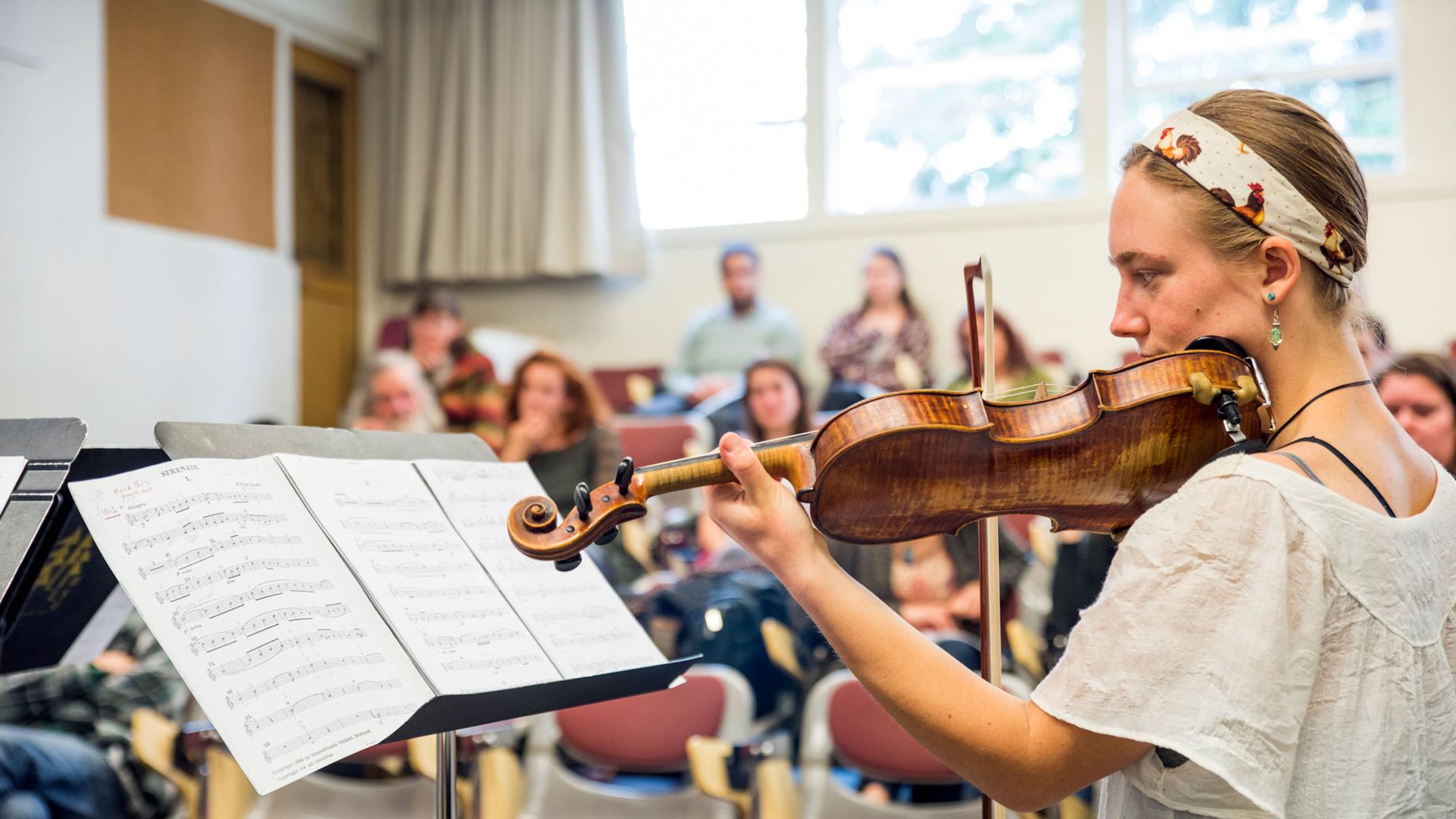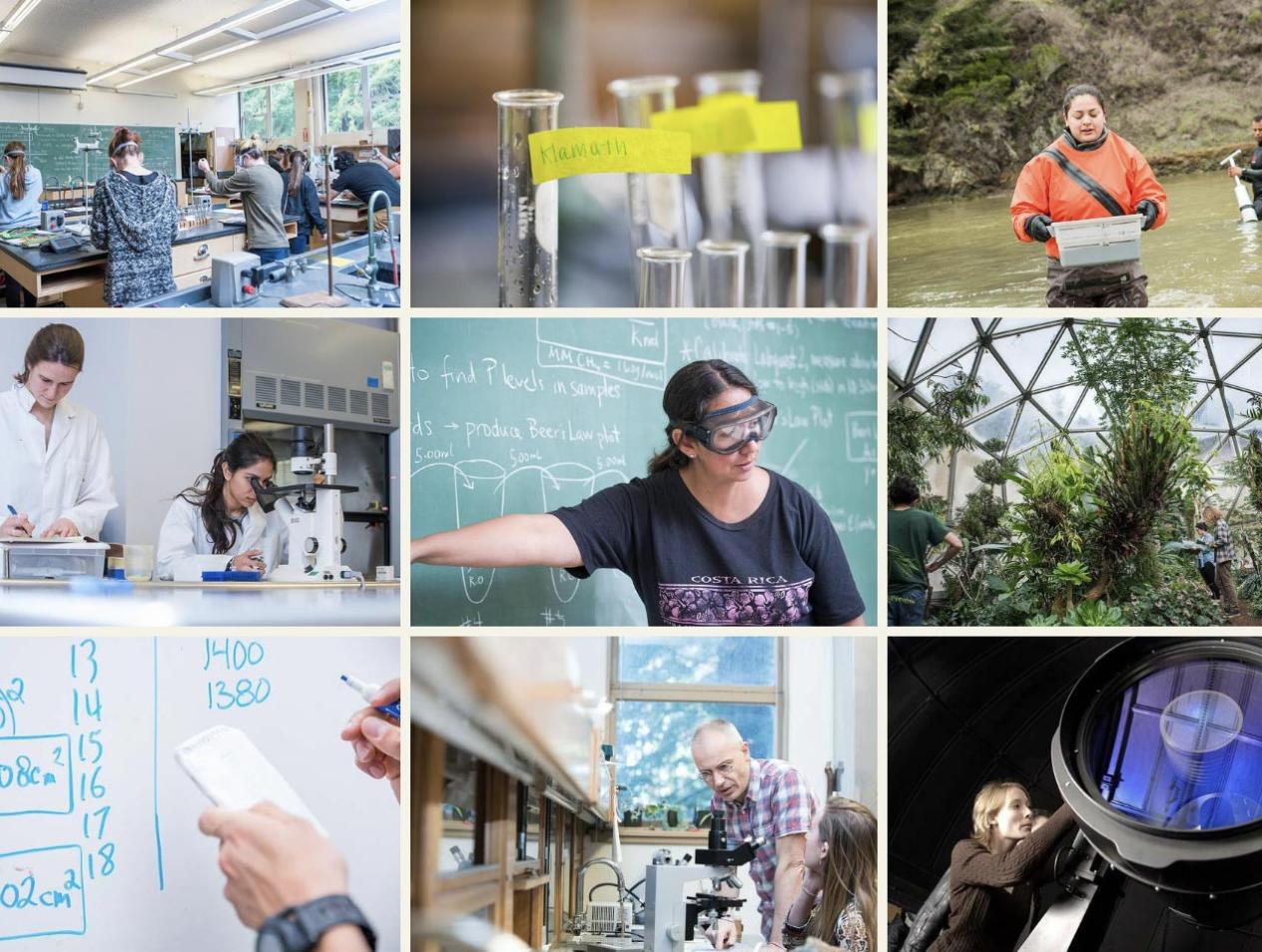Breadcrumb
Achievements
Find out what our students, faculty, and staff are being recognized for.
Steve Martin
Environmental Science & Management
Dr. Martin has received the U.S. Forest Service Chief's 2015 National Award for Excellence in Wilderness Stewardship Research.
The award committee provided the following statement about Professor Martin's award:
Dr. Martin has collaborated with the Leopold Institute, as well as Forest Service and National Park Service units in the Sierra Nevada, to support management and planning decisions by employing science in a diversity of areas including: bear-proof containers and visitor safety, the use of technology in wilderness by visitors, quota decisions based on visitor travel simulation and visitor attitudes about intervention to adapt to climate change, and ecological restoration to fix problems caused by past human behavior. He remains focused on management solutions applied to wilderness stewardship issues relevant across the National Wilderness Preservation System.
Robert W. Zoellner, Annette A. Tabares, and Essene L. Waters
Chemistry
Chemistry Professor Robert Zollner and two of his undergraduate students, Annette A. Tabares and Essene L. Waters, and have recently published the results of our research in the peer-reviewed journal Heteroatom Chemistry. The complete citation for the article is as follows: Annette A. Tabares, Essene L. Waters, Robert W. Zoellner; "Beryllepin, C6H6Be, and 'beryllium-inserted benzenes,'C6H6Ben, n = 2-6: A density functional investigation"; Heteroatom Chemistry 27(1), 37-43 (2016).
Jeff Black & Will Goldenberg
Wildlife
Natural Born Hustlers, a new series co-produced by the BBC and PBS features research by HSU Wildlife Professor Jeff Black and alumnus Will Goldenberg. Black and Goldenberg are featured in a segment about Steller's jays. For 17 years, Black has led a study into the jay populations on campus and their deceptive behavior. The birds are known to mimic predator sounds like red-shouldered and red-tail hawk calls. Goldenberg, who currently lectures in HSU's film progrma, helped the BBC film the birds in action.
Natural Born Hustlers is a three part series, and begins on Wednesday, Jan., 13 at 8 p.m. on PBS. Check local listings for more information. Episode 2, the Hunger Games, which features the Steller's jays, airs January 20.
More information is available at http://www.pbs.org/wnet/nature/natural-born-hustlers-about/13389/.
T. Luke George
Wildlife
Dr. Luke George, emeritus faculty in Wildlife, along with other authors published an article describing how the disease West Nile Virus is affecting bird populations. "Persistent impacts of West Nile virus on North American bird populations" was published in the Proceedings of the National Academy of the Sciences (PNAS). Read the abstract online at http://www.pnas.org/content/112/46/14290.short.
It is also worth noting that some of the data in the paper came from bird banding operations at the Wright Wildlife Refuge, a small refuge on the edge of Eureka where many HSU students have worked over the years. Numerous graduate students have run bird banding operations there, and they and faculty have trained scores of undergraduates to handle and measure birds using standardized bird netting and monitoring processes. It's one of many sites in a network of field research sites called MAPS (monitoring avian productivity and survivorship).
Joe Szewczak
Biological Sciences
Dr. Joe Szewczak, Biological Sciences Dept., was recently featured in the October issue of the California Educator Magazine http://educator.cta.org/i/587184-october-2015/23 The article discusses the "Real Bat Man", as Dr. Szewczak teaches, among other courses, Biology of Chiroptera, which is the study of bats. Dr. Szewczak has studied many bat species, looking at migration patterns, social communication, endangered species, and how to reduce fatalities caused by energy-producing wind turbines. He and his colleagues recently completed a two-year trial that provided high-intensity ultrasound emitted from turbines can steer bats away from death.
Brian Tissot
Biological Sciences
Brian Tissot was an invited speaker at a conference sponsored by the European Association of Surfing Doctors; a group of surfers that are also medical doctors and health practitioners. Held near Biarittz in the beautiful Basque region of southern France he was tasked with the question: Why Should Surfers Care about Ocean Conservation?
Andrew Stubblefield, Rosalea Bond
Forestry, Fire & Rangeland Management
Andrew P. Stubblefield, Professor of Hydrology and Watershed Management has recently published a paper titled Sensitivity of summer stream temperatures to climate variability and riparian reforestation strategies
in the Journal of Hydrology, Regional Studies. Coauthors were recent M.S. graduate Rosealea M. Bond and faculty emeritus Robert W. Van Kirk.
Joanna Murphy and Ryan Gustafson
Environmental Resources Engineering
Joanna Murphy and Ryan Gustafson, two recent graduates from the Environmental Resources Engineering B.S. program, just published a peer-review article in "Desalination." Joanna and Ryan looked at heat and mass transfer in membrane distillation, a novel process that can produce high quality water from waste heat. They developed a new model that helps scaling-up the process and validated it experimentally in the lab. As a result, a larger-scale membrane distillation system is now being constructed at HSU. More details here: http://www.sciencedirect.com/science/article/pii/S0011916415300837
Mark Colwell
Wildlife
Mark Colwell gave a paper summarizing his research on Snowy Plovers at the 40th meeting of the International Wader Study Group in Iceland.
Erin Kelly
Forestry, Fire & Rangeland Management
Assistant Professor Erin Kelly of the Forestry Department is working with researchers at the US Forest Service Pacific Northwest Research Station to find ways to help forest landowners conduct fuels treatments at large scales and across ownership boundaries to improve fire resilience. Dr. Kelly received $100,000 from the US Forest Service to support the work, which started with documenting known large-scale, cross-boundary fire restoration projects, then choosing case studies across Oregon and Washington. Jodie Pixley, a student in the HSU Environment and Community Master’s program, spent her summer in the Klamath Basin and Ashland, Oregon, working on two case studies.


